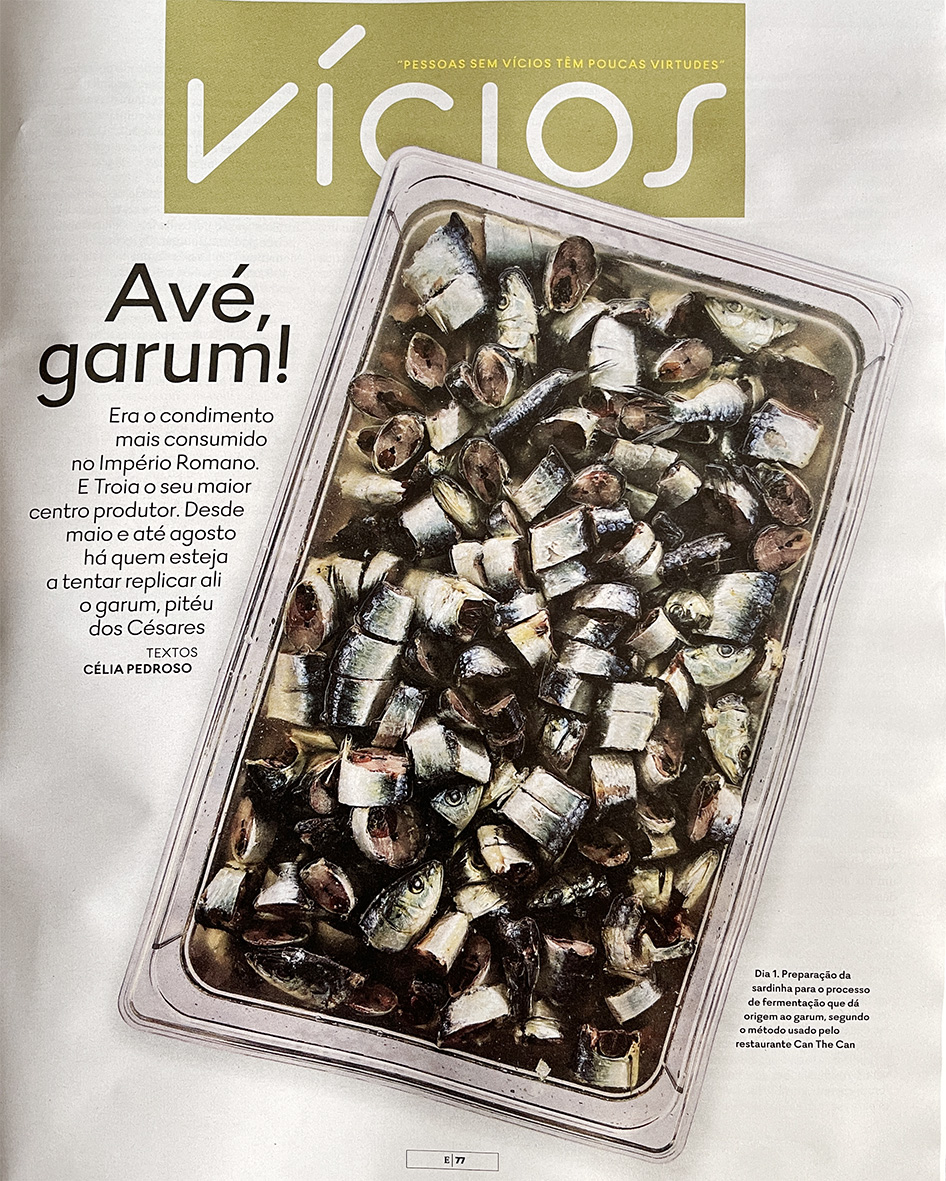
Garum Expresso
Avé, Garum! Artigo de Célia Pedroso Revista Expresso 9 july 2021 https://leitor.expresso.pt/semanario/semanario2541/html/revista-e/vicios/ave-garum
Garum was known by the Greeks,but it was the Romans who developed it and made it unavoidable. The most valuable condiment of the Roman Empire is a fermented fish sauce, full of umami that, two thousand years later, not only returned, but now you can buy it, produced with fish from Lusitanian waters.
Portugal had the largest center for the production of salsamenta and garum in the world. Located in Tróia, it had the largest production capacity known. We investigated old recipes and developed our new formulas. Discover the varieties and batches of Garum we have available.

Avé, Garum! Artigo de Célia Pedroso Revista Expresso 9 july 2021 https://leitor.expresso.pt/semanario/semanario2541/html/revista-e/vicios/ave-garum
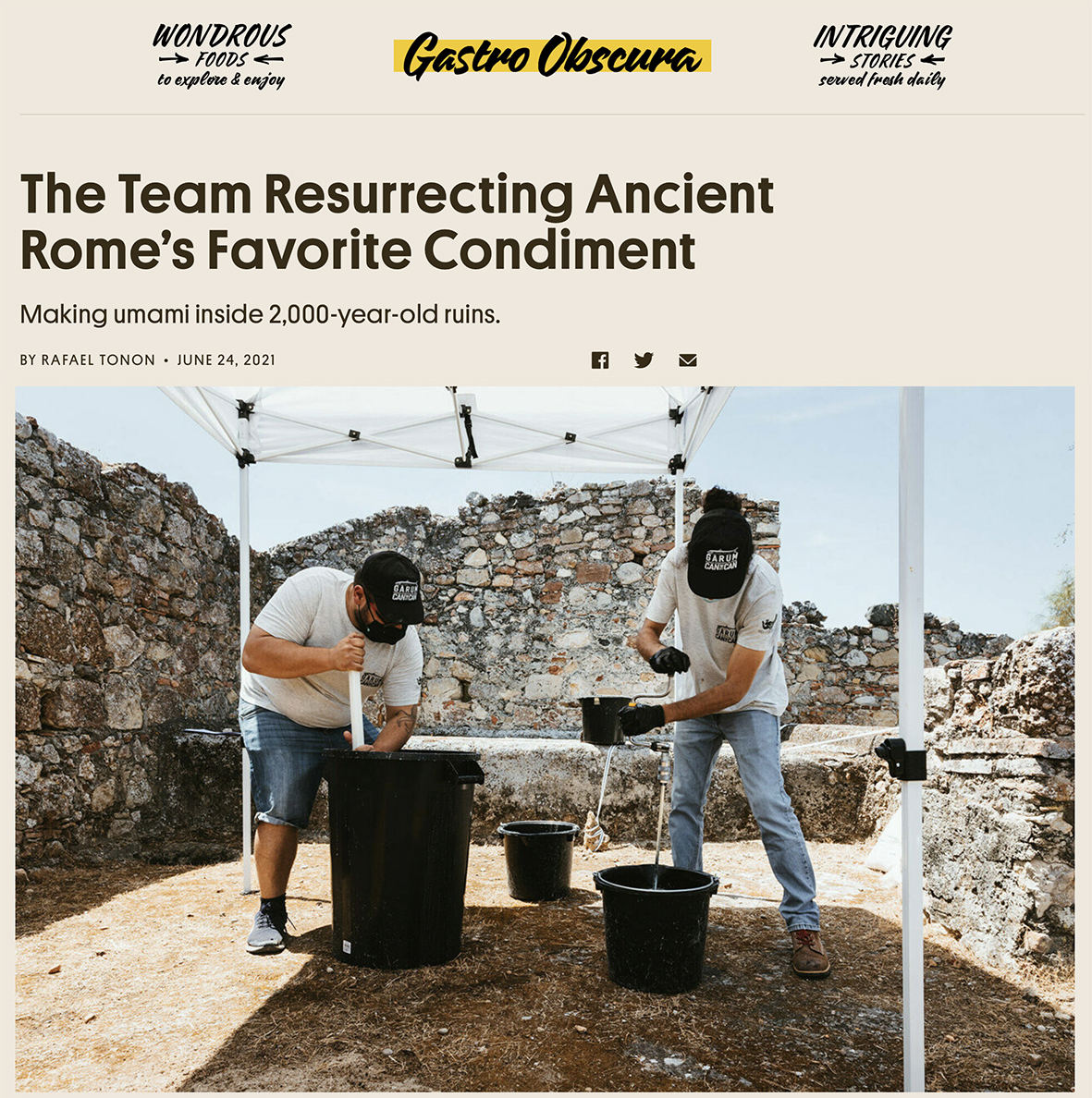
The Team Resurrecting Ancient Rome’s Favorite Condiment Making umami inside 2,000-year-old ruins. BY RAFAEL TONON JUNE 24, 2021 click to read the article at Atlas
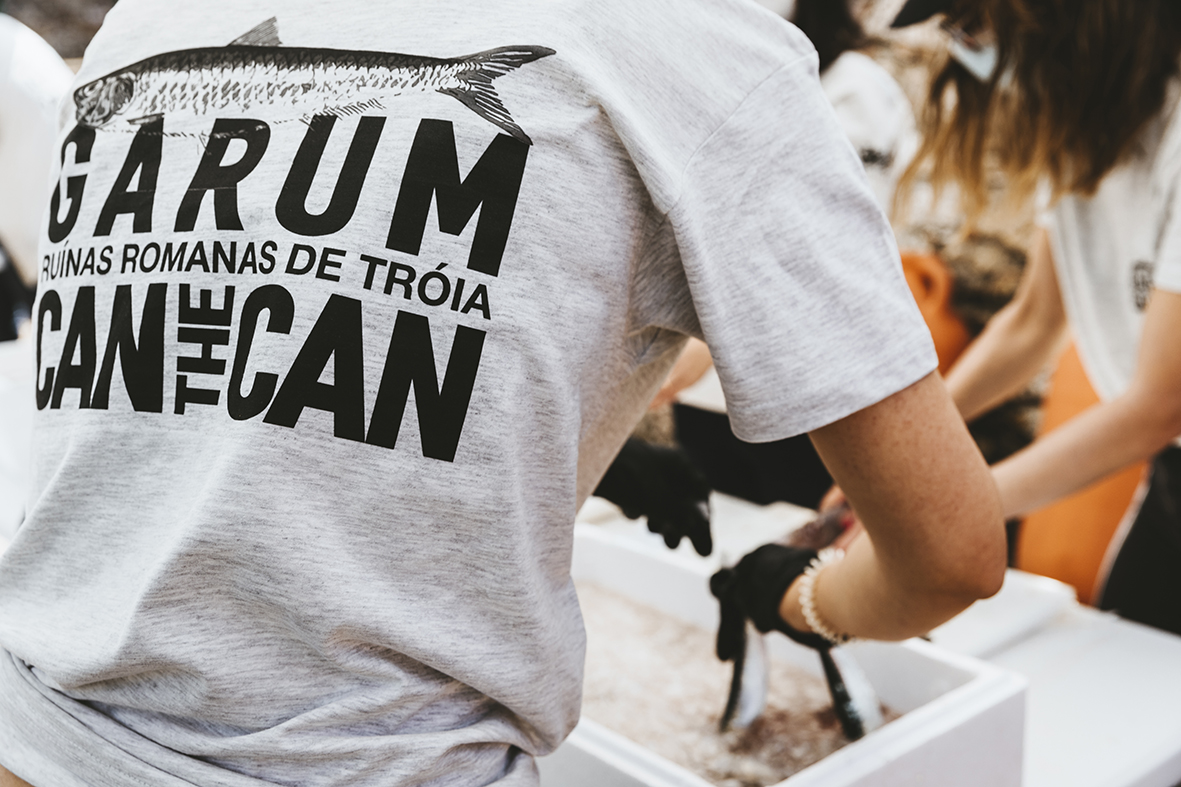
Tróia garum evolution record FICHA TÉCNICA DO PROJECTO INVESTIGAÇÃO & PROJECTOCAN THE CAN – Pedro Almeida e Victor Moura Vicente ARQUEÓLOGIAROMAN RUINS OF TROIA – Arqueólogas
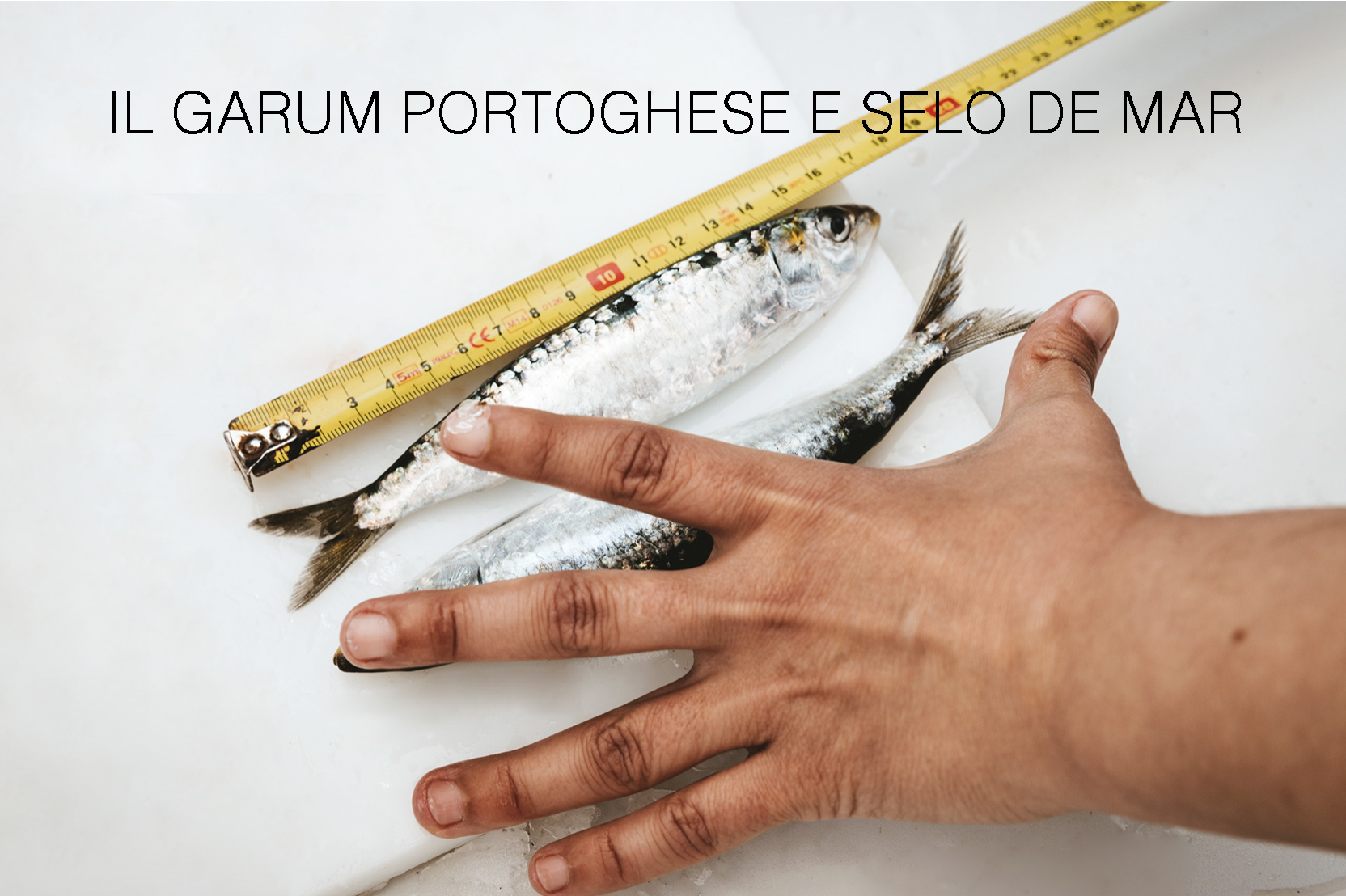
IL GARUM PORTOGHESE E SELO DE MAR original article IL GARUM PORTOGHESE 3 GIUGNO 2021
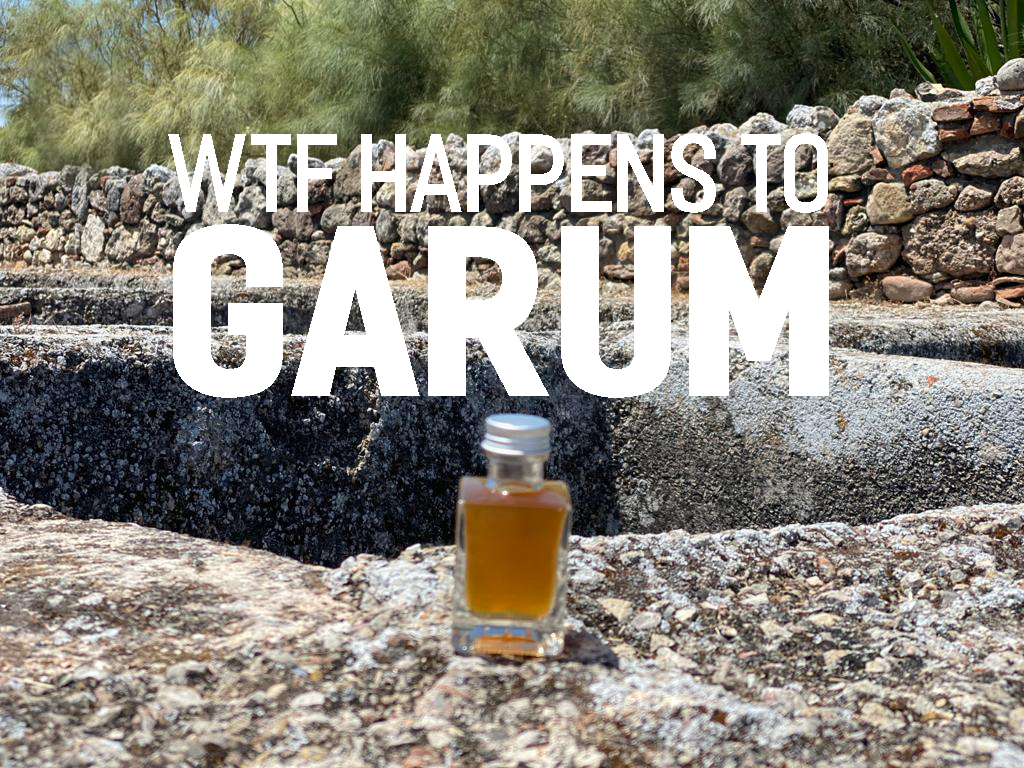
WHAT HAPPENS IN GARUM The name Garum is used in a generic way to define fish sauces obtained from fermentation in brine,
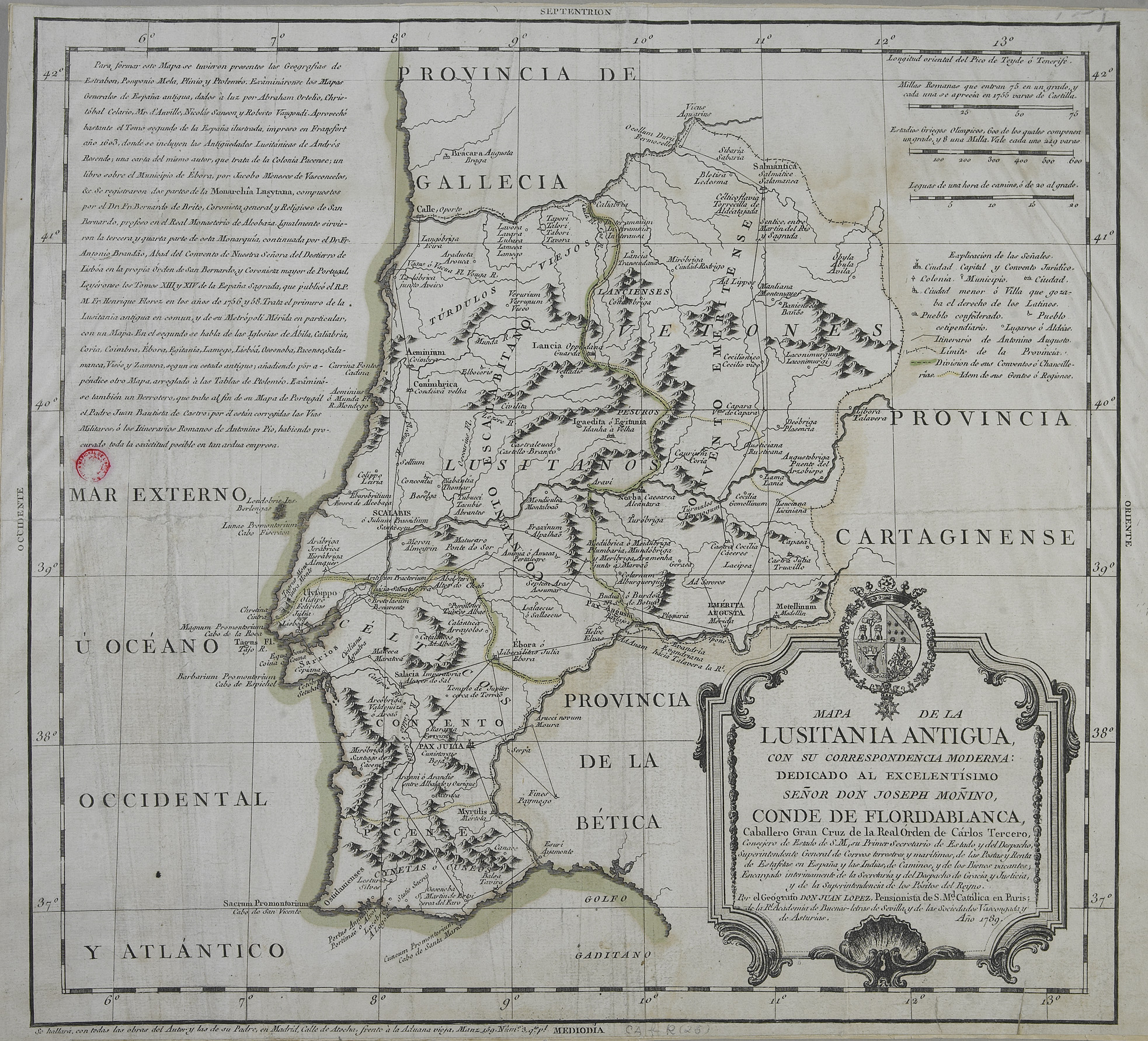
GARUM LUSITANO Garum in Lusitânia Archaeological site of Troia In Lusitânia, there is solid evidence of the production of Garum and parsley since the second quarter of the
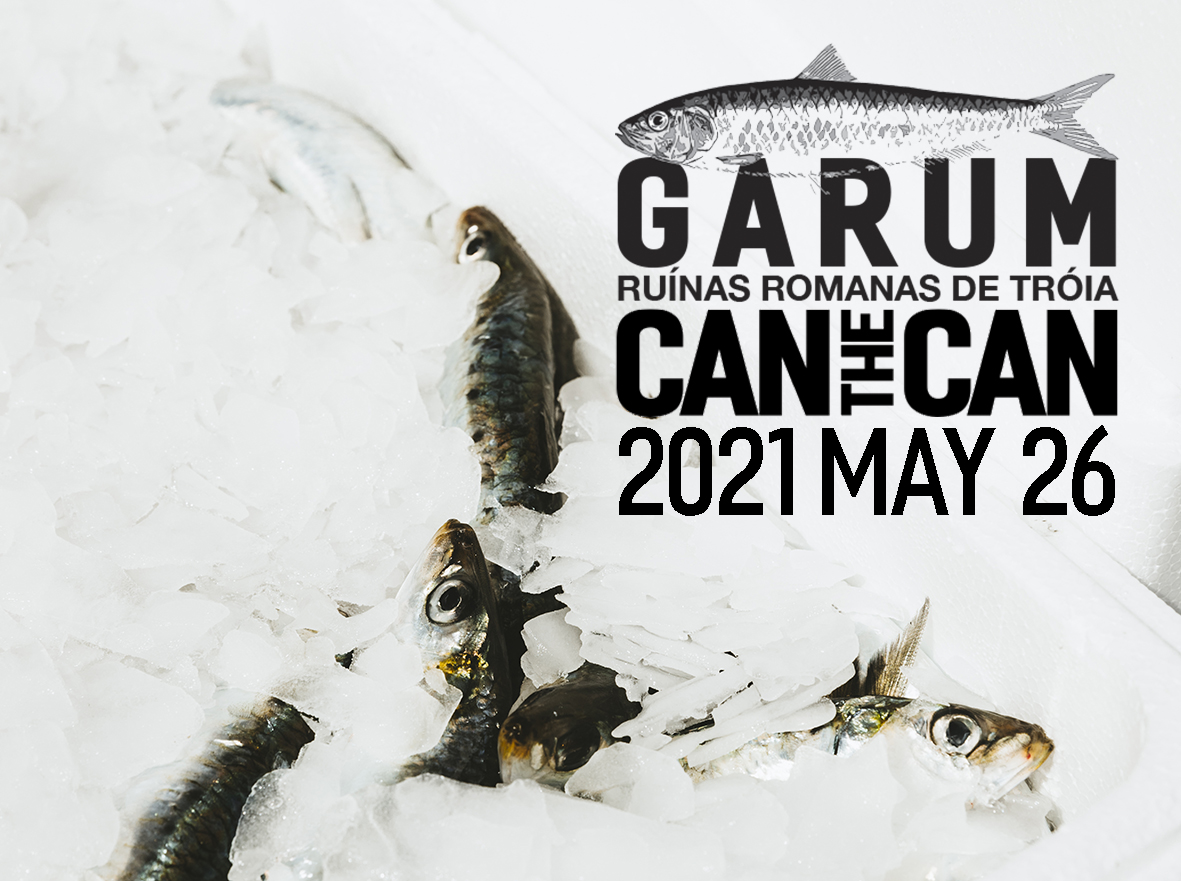
GARUM LUSITANO Launch of Garum Roman ruins of Tróia Sardinha from the Sado estuary, fished by Sesibal, a fishing cooperative in Setúbal, Sesimbra and Sines.
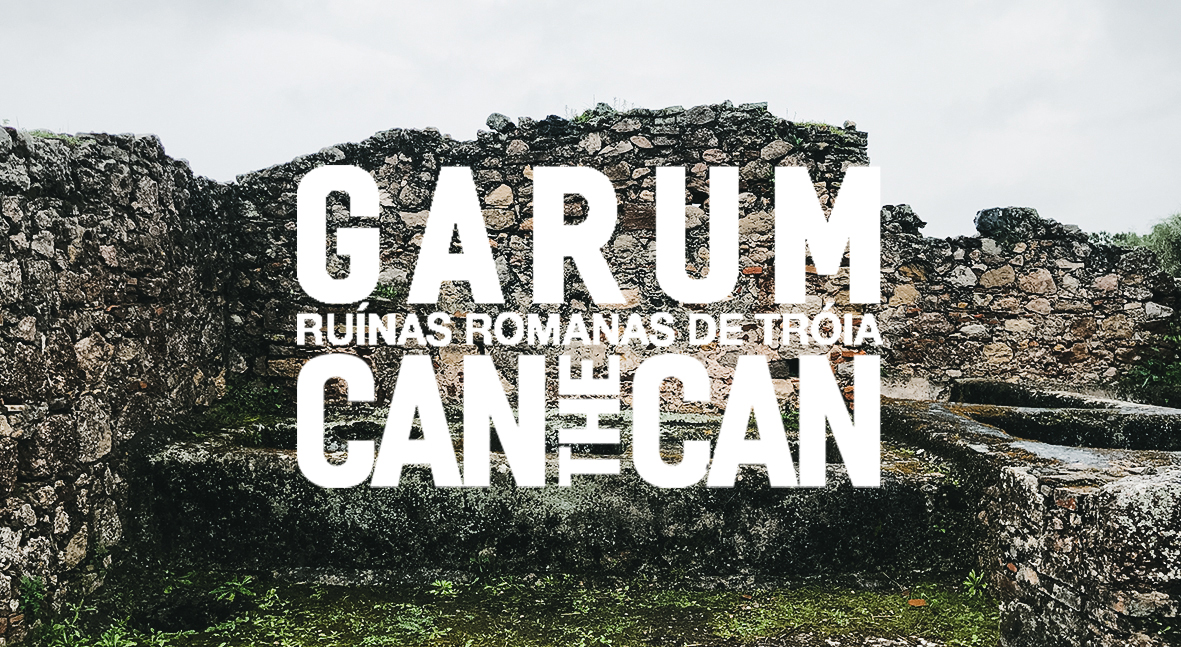
Garum in Tróia - The Roman Ruins of Tróia and CAN THE CAN will produce, for the first time in more than fifteen centuries
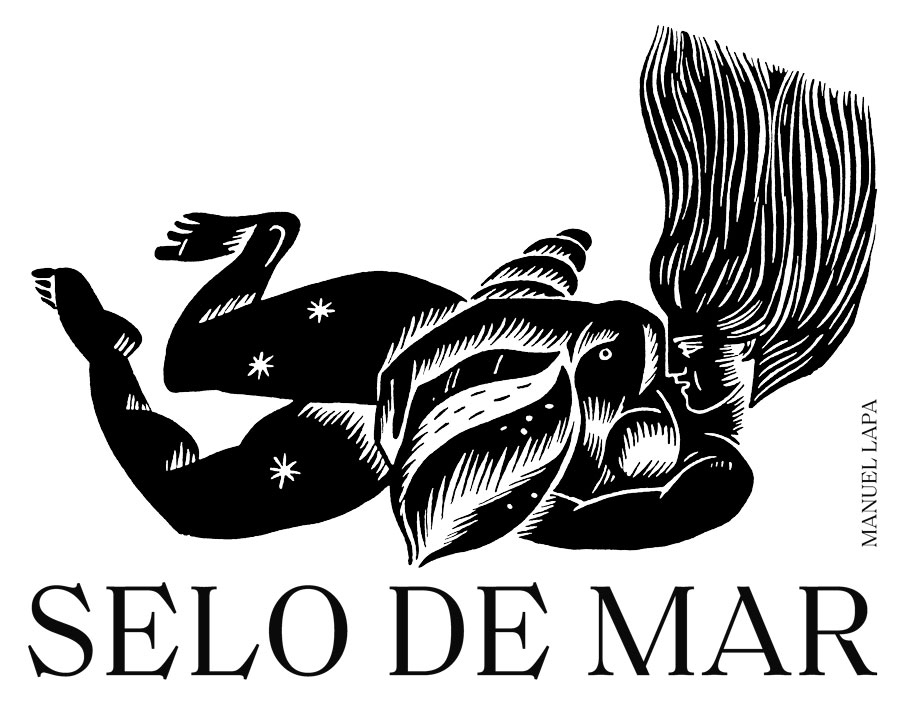
Customer Care
CAN THE CAN uses cookies in order to provide you with a better online experience. By continuing your visit to our site you agree to the use of cookies
Contact
reservations@canthecan.net
info@canthecan.net
T. +351 914 007 100
T. +351 218 851 392
Terreiro do Paço 82/83
1100-148 Lisboa – Portugal
Open everyday from 9:00 AM to 1:00 AM